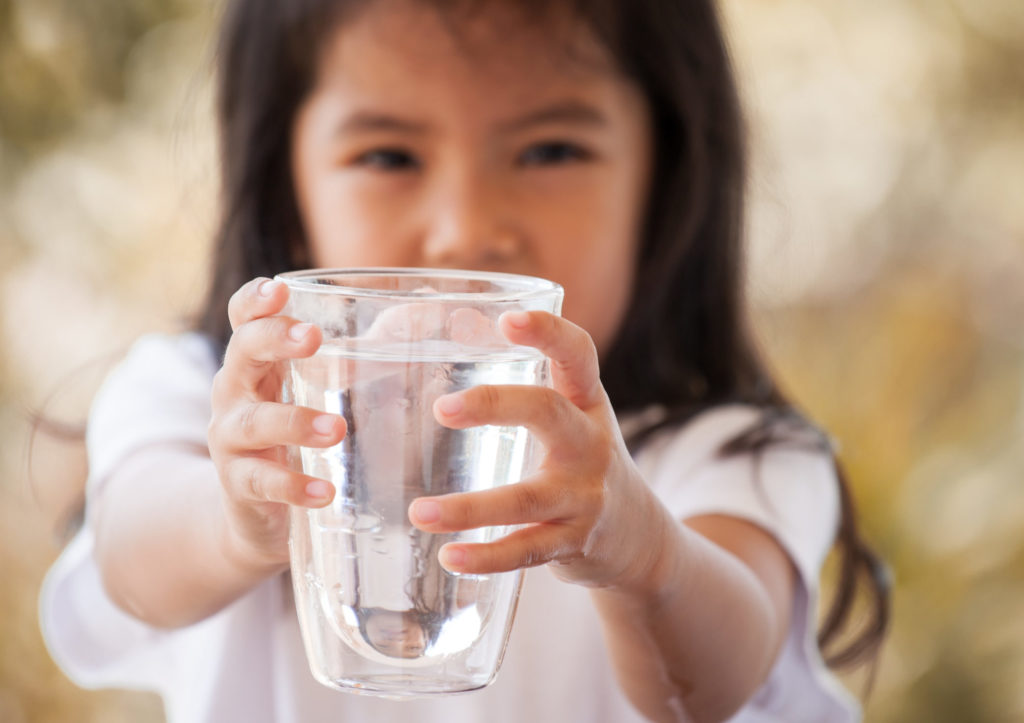UH Mānoa’s Water Resources Research Center
IN THE MID-1950s, much of America’s focus was toward the sky, as the United States engaged in a space race with the Soviet Union. Powerful rockets, satellites and astronauts in orbit captured much of the attention in the headlines and in research.
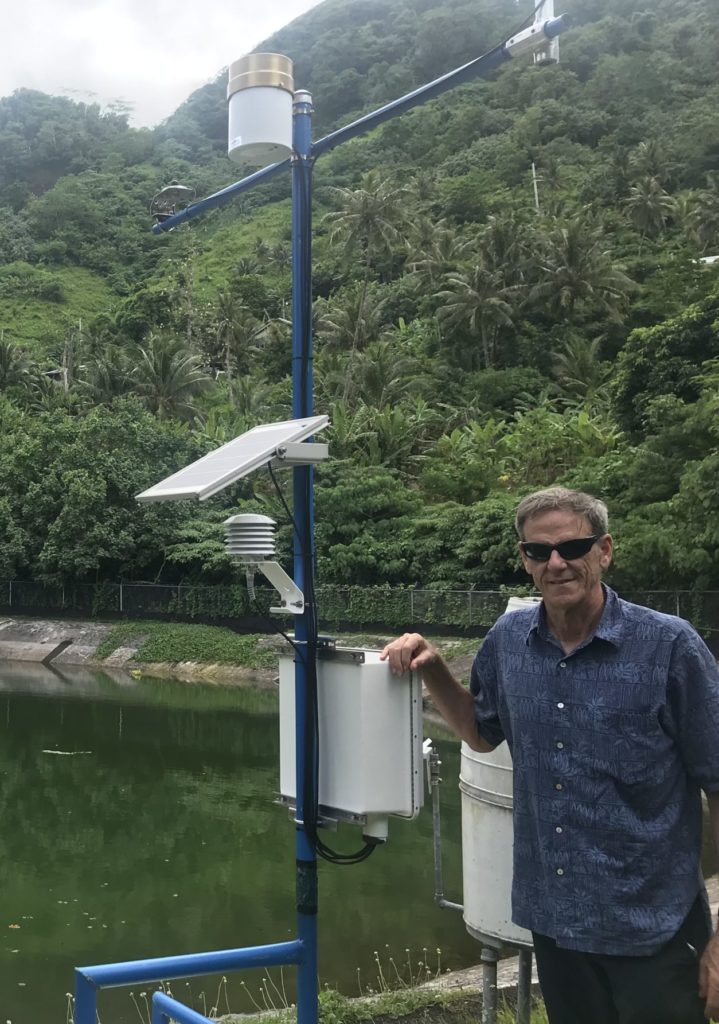
However, back on Earth, a less visible, but arguably more important need was arising — to preserve America’s freshwater resources from growing problems arising from human development and overpopulation, natural disasters, and to a lesser degree at that time — climate change. One would have been hard-pressed to find any comprehensive findings on the matter, as echoed by the late Hawai‘i Representative Tom P. Gill in his address to Congress in 1964.
“Our rapidly rising population, falling water tables, increased pollution of existing supplies, and tremendous new uses for water all combine to make knowledge of this life source more critical each day,” he said. “Strangely, we have long taken water for granted; our scientific effort and our funding of knowledge in this commonplace subject has been minimal, compared to advances in more spectacular areas.”
At the urging of Congress, President Lyndon B. Johnson signed into law the Water Resources Research Act (WRRA) of 1964 that led to the creation of 54 research centers hosted by land-grant universities in each state, Washington D.C., Guam, Puerto Rico, and the U.S. Virgin Islands — including the Water Resources Research Center (WRRC) at the University of Hawai‘i at Mānoa (UH Mānoa).
For Hawai‘i, like other oceanic islands, any problem that limits availability of freshwater is magnified because of isolation and limited land area.
– Thomas Giambelluca, director of the UH Mānoa WRRC
“As a result, Hawai‘i is very vulnerable to changes in water supply brought about by climate variations and especially by climate change. Against a backdrop of limited water supply and growing water needs, a water contamination event that leads to the closing of major drinking water wells can lead to a major water supply crisis. As such, the work of WRRC is vital to Hawai‘i, American Samoa, and other islands across the Pacific.”
Led by nine faculty researchers — most of whom are joint appointees active in such related fields as civil and environmental engineering, geography and environment, earth sciences, and microbiology –– WRRC promotes cooperation among academic disciplines concerned with water issues and facilitates the transfer of research results to policy making bodies and operational agencies.
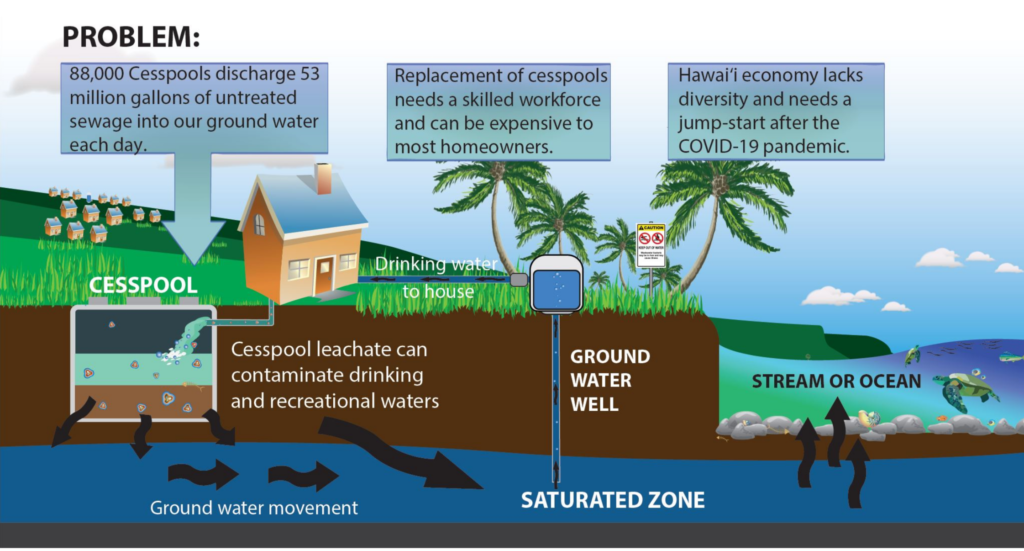
Over the years, WRRC researchers have worked on the most pressing water-related issues of the day, while also often contributing to the advancement of water science as it pertains to tropical islands globally. While new issues of concern have emerged since the mid-1960s, fundamental themes have been maintained in groundwater modeling; measurement and modeling of groundwater contaminants; hydrogeological investigations; estimation of groundwater recharge, streamflow and flooding; meteorological processes; watershed management and protection; agricultural and urban water use; irrigation management; wastewater treatment and disposal; impacts of cesspool polution and alternative onsite wastewater disposal technologies; coastal water quality; water allocation; and water rights.
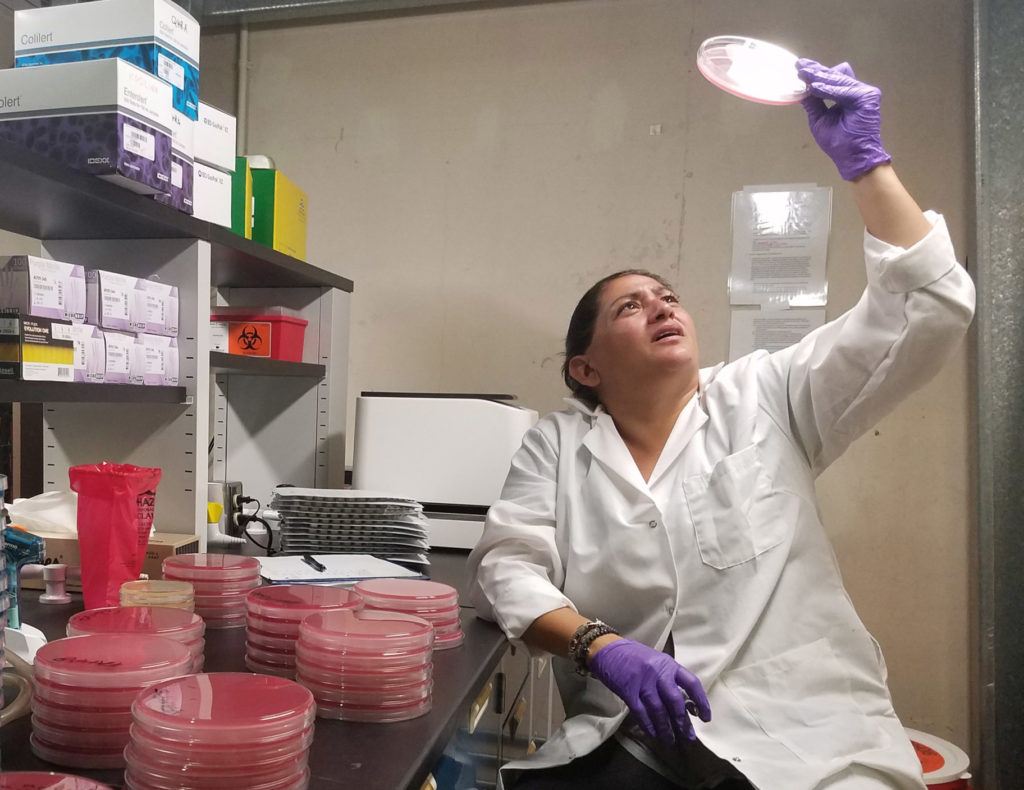
“Much of our emphasis has shifted to include more work on the impacts of climate change; societal values and water; indigenous, especially Native Hawaiian approaches to water management; and issues of equity and justice in the distribution of the benefits of water-related ecosystem services,” added Giambelluca, who is also a professor in the Geography and Environmental Department at UH Mānoa.
Researchers at WRRC have two well-equipped, state-of-the-art laboratories at their disposal to run comprehensive tests on their field samples. The Analytical Laboratory is equipped with a wide variety of instruments to detect environmental pollutants at trace levels of parts per million (ppm), parts per billion (ppb) and parts per trillion (ppt). Pollutants range from volatile and semi-volatile organic compounds such as petroleum hydrocarbons, industrial solvents, explosives, pharmaceuticals to endocrine disruptors such as organochlorine pesticides, polychlorinated biphenyls (PCBs) and poly nuclear aromatic hydrocarbons (PAHs). In addition, the laboratory features instruments that can perform measurements for major ion, total organic carbon, total nitrogen, surface area, zeta potential and metals. The Environmental Microbiology Laboratory contains a real-time polymerase chain reaction (PCR) thermal cycler to amplify segments of DNA, electrophoresis equipment for DNA and RNA analysis; four Portable Multiuse Automated Concentration Systems (PMACS) to capture the smallest virus from large water samples; and epiflorescent and inverted microscopes to view microorganisms.
Current Projects
“WRRC continues to address problems related to Hawai‘i’s precious water resources as they are impacted by climate change, invasive species, increases in human population, expanding urban development, and a variety of sources of microbial and chemical water contamination,” said Giambelluca.
“Chief among those problems are climate warming (increasing water demand) and attendant shifts in rainfall (decreasing water supply in some areas), the spread of high-water-use invasive plants, cesspool pollution, and chemical contamination of groundwater — including the recent contamination of drinking water wells and distribution systems resulting from jet fuel leaks at the U.S.Navy’s Red Hill underground fuel storage tank facility.”
Red Hill Bulk Fuel Storage Facility
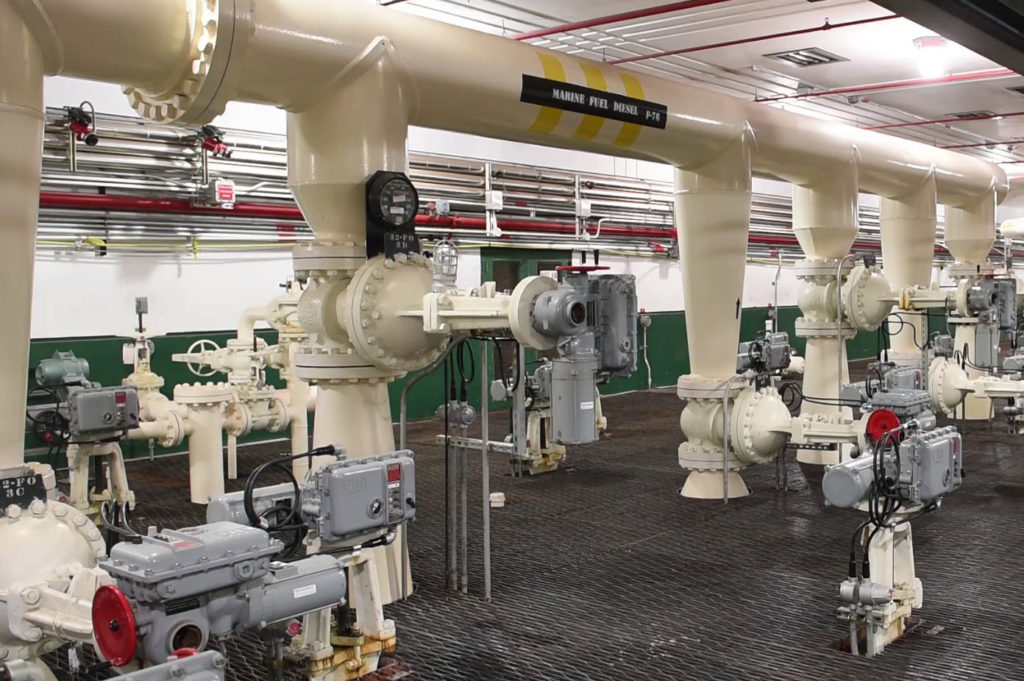
The Red Hill crisis has become a primary concern of WRRC since news broke in early December 2021 and it has taken the lead in coordinating the University of Hawai‘i’s Red Hill Task Force, comprised of 68 individuals from the UH System with a wide range of expertise related to the contamination event. Task Force members are working with state, county, and federal agencies to identfy and address research needs, collect water samples, conduct laboratory testing of water samples, develop methods for continuous monitoring of groundwater for contaminants derived from the fuel leak, survey residents of the affected communities, and assess and mitigate looming water shortages resulting from well closures. Currently, WRRC is seeking funding from the Department of Defense to upgrade its analytical chemistry laboratory equipment and staffing to further enhance its support of the Task Force.
At right, the U.S. Navy’s Red Hill Bulk Fuel Storage Facility on O‘ahu continues
to present challenges to one of the island’s largest aquifers. Credit: U.S. Navy
Cesspool Replacement
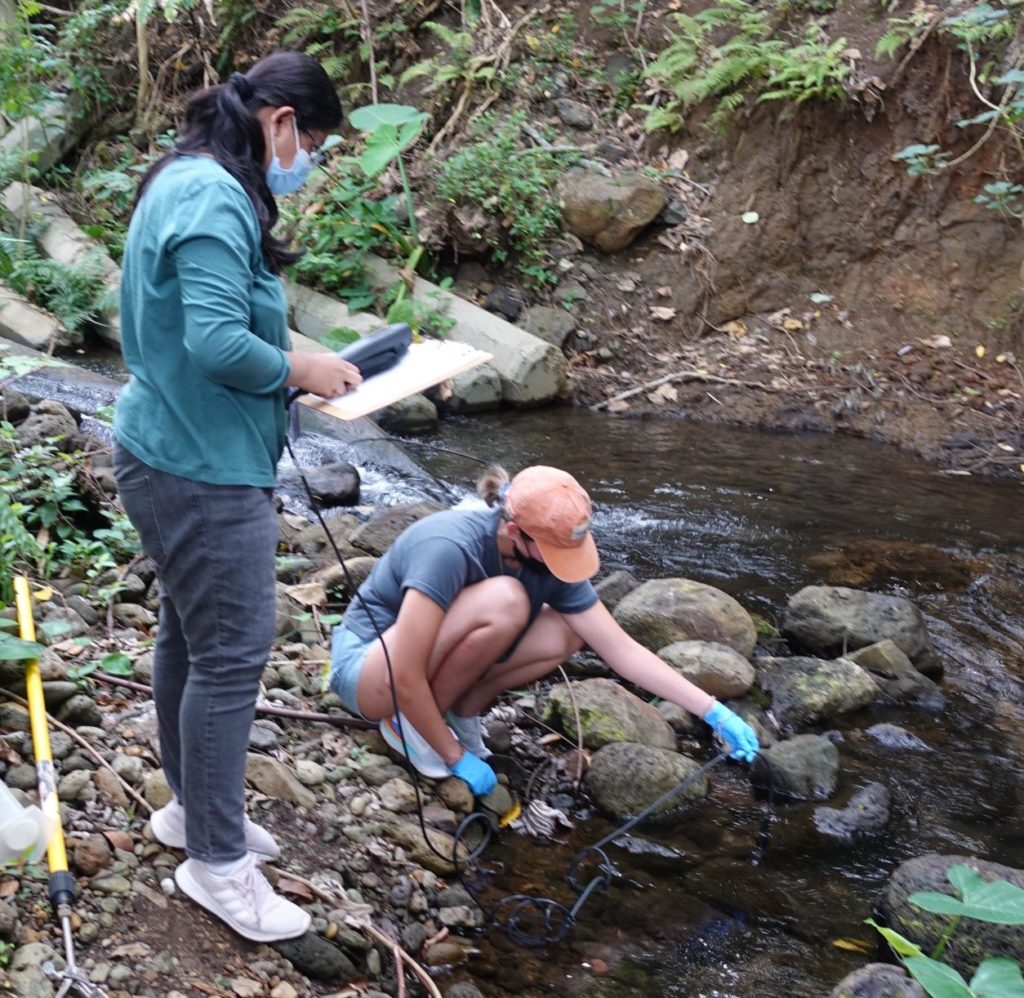
Hawai‘i has around 90,000 cesspools in operation. These outdated systems are the source of millions of gallons of raw sewage flowing every day into our groundwater, streams, and coastal waters. In 2017, Hawai‘i became the last state in the U.S. to mandate the replacement of cesspools with more effective alternative onsite disposal systems. Despite having a deadline of 2050, the law does not provide a pathway for developing local expertise, permitting capacity, a construction labor force, or mechanisms to help homeowners pay for the costs. In response, WRRC, and the Hawai‘i Sea Grant Program are participating in the Work-4-Water initiative, led by the non-profit Wastewater Alternatives & Innovations (WAI), to raise funding to kickstart a process leading to the statewide conversion of Hawai‘i’s cesspools.
At left, REU undergraduate student Madison Anzarut and Microbiology graduate student Nuh Jahat Jabin collect water samples from the Kahalu‘u watershed for microbiological analyses to evaluate the impact from cesspools.
Hawai‘i Mesonet and the Hawai‘i Climate Data Portal
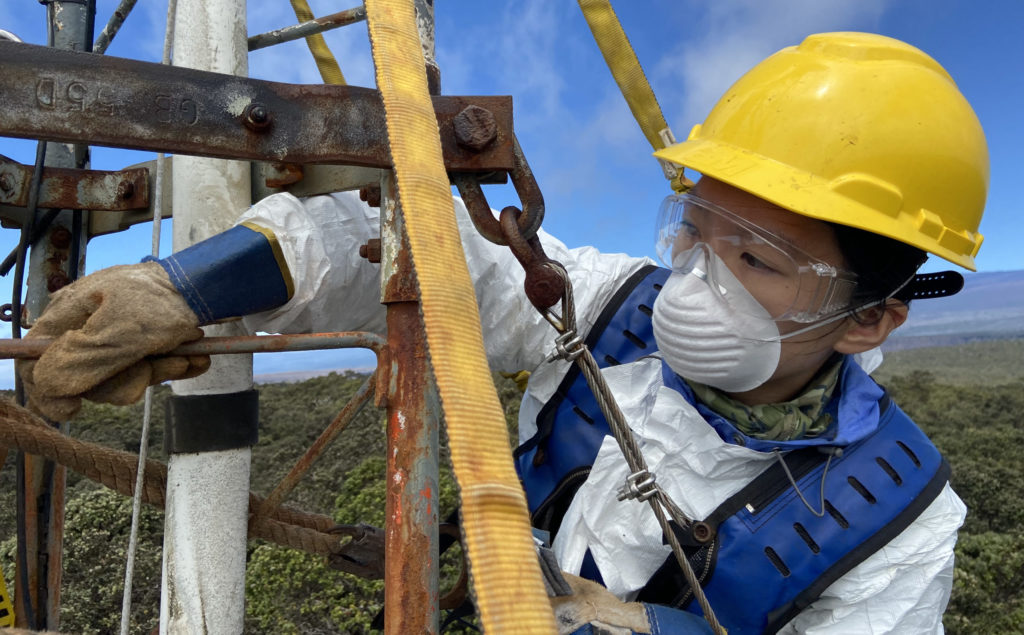
In the past year, Giambelluca received support from the Honolulu Board of Water Supply, the Hawai‘i Commission on Water Resource Management, and National Science Foundation for one of his long term goals, to establish a state-of-the-art network of telemetered weather and climate monitoring stations across the islands. Installation of the first of more than 90 Hawai‘i Mesonet stations began in June 2022. This effort will expand on the existing HaleNet system of nine stations first established by Giambelluca in 1988. The Hawai‘i Mesonet will be anchored to the Hawai‘i Climate Data Portal (HCDP), an online resource launched in March 2022 to provide historical and realtime climate information including up-to-date high resolution digital maps of weather variables such as rainfall and temperature. The HCDP’s development was led by a team of climate scientists, including Giambelluca, and IT specialists from UH’s Cyberinfrastructure team, along with support from the NSF EPSCoR ‘Ike Wai project. The Hawai‘i Mesonet and HCDP will provide valuable data access for weather forecasting, water resource management, flood warning, irrigation management, and many other applications.
Above, WRRC Postdoctoral Researcher Han Tseng conducts work on a 80-foot Hawai‘i Mesonet station tower in Hawai‘i Volcanoes National Park.
Cooperative Institute for Research to Operations in Hydrology
The National Oceanic and Atmospheric Association (NOAA) recently announced a $360 million award toward the establishment of a new water-focused center called the Coopertive Institute for Research to Operations in Hydrology (CIROH). WRRC leads a team of UH researchers as part of a consortium of 14 instutions, headed by the University of Alabama, that make up CIROH. The UH team is poised to begin working on an evaluation of National Water Model (NWM) flood forecasts in Hawai‘i, and examining hyperlocal flood prediction in low-income communities underserved by the current flood forecast infrastructure.
“In a time where climate change and other human-related actions are severely impacting water resources and weather around the world, hydrological research has become paramount to creating sustainable and resilient management solutions,” said UH Vice President for Research and Innovation Vassilis L. Syrmos. “The University of Hawai‘i is pleased to be part of this important NOAA consortium and is well-represented by UH Mānoa’s Water Resources Research Center and its cadre of multidisciplinary experts in weather- and water-related research.”
For over five decades, the WRRC has conducted vital research on water-related issues, while remaining largely unseen and unknown to the public. Hopefully, that will change sometime soon.

